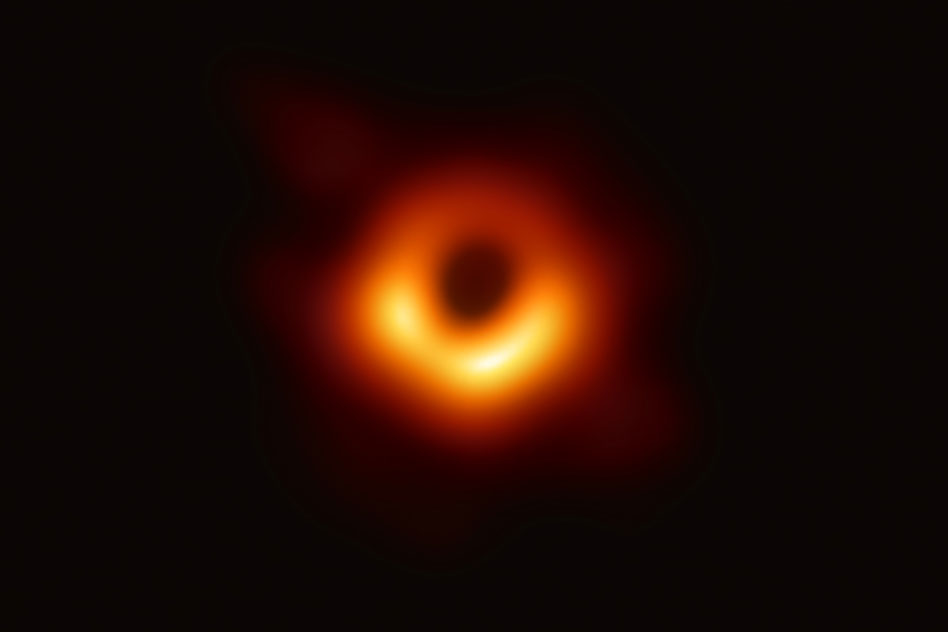PBS 'Stellar' Series Shows How Space Discoveries Are Made

A new PBS series offers viewers a behind-the-scenes look at observatories and other institutions that are spearheading the latest space discoveries as well as the longer history of space exploration and science.
The six-episode series, called "Stellar," will air on PBS' YouTube and Facebook pages starting today (June 20). It will feature three PBS Digital Studios hosts known for their enthusiasm for space: Dianna Cowern from "Physics Girl," Matt O'Dowd from "Space Time" and Joe Hanson from "It's Okay To Be Smart." The release of the series is pegged to the 50th anniversary of the Apollo 11 moon landing this July.
"'Stellar' is an evolution for PBS's original digital programming; it blends together the cinematic quality of broadcast science documentaries with the communal spirit of YouTube and Facebook," Brandon Arolfo, senior director of PBS Digital Studios, said in a statement. "We've brought together three of PBS' biggest science creators to help bring the universe to digital audiences, and couldn't be more excited to share this great content in celebration of this momentous anniversary."
Related: Apollo 11 at 50: A Complete Guide to the Historic Moon Landing Mission
The series begins June 20 with an episode called "The Mysterious Quasar at the Beginning of the Universe." This episode will show how the Gemini Observatory in Hawaii found a quasar (a type of galaxy with a large black hole) known as J0439+1634. It's the oldest and most distant object ever seen.
Then, the series turns to another strange phenomenon, gravitational waves. Episode 2, "Detecting Black Hole Collisions From 5 Billion Years Ago," airs on June 25. From the Laser Interferometer Gravitational-Wave Observatory (LIGO) Hanford Observatory in Washington state, this episode will show how astronomers use gravitational waves to examine phenomena like merging black holes.
On June 27, "Imaging an Impossible Object With a World Sized Telescope" will cover a new development in space science: How astronomers imaged a black hole from one of the participating observatories, the Submillimeter Array in Hawaii.
Breaking space news, the latest updates on rocket launches, skywatching events and more!
"How We Discovered the Universe," airing on July 11, explores the longer history of space science. It was only in the last century that we discovered that the universe is much bigger than just our Milky Way galaxy. This episode, which was filmed at Mount Wilson Observatory in Los Angeles and the American Museum of Natural History in New York City, tells how astronomers made this discovery.
Next, on July 18, the episode "Where Is Everyone?" visits the W. M. Keck Observatory in Hawaii. There, the show explores the Drake Equation, which calculates the likelihood that intelligent civilizations exist in our universe.
The series ends on July 25, when "Can We Live Elsewhere in the Solar System?" explores what's to come in space exploration. Future NASA rovers and spacecraft will explore two places in our own solar system that could be habitable, Mars and Jupiter's moon Europa. The episode takes place from NASA's Jet Propulsion Laboratory in Pasadena, California.
"Stellar" is one of more than 20 space-themed offerings that PBS will air this summer as part of its "Summer of Space." That programming package includes not only episodes but also an interactive hub (available in July) for users to submit entries showing their love of space and a site full of space-themed educational materials for teachers and homeschoolers.
- Catch These Events Celebrating Apollo 11 Moon Landing's 50th Anniversary
- Reading Apollo 11: The Best New Books About the US Moon Landings
- Lego's Epic Apollo 11 Lunar Lander Set in Photos!
Follow Elizabeth Howell on Twitter @howellspace. Follow us on Twitter @Spacedotcom and on Facebook.

Elizabeth Howell (she/her), Ph.D., was a staff writer in the spaceflight channel between 2022 and 2024 specializing in Canadian space news. She was contributing writer for Space.com for 10 years from 2012 to 2024. Elizabeth's reporting includes multiple exclusives with the White House, leading world coverage about a lost-and-found space tomato on the International Space Station, witnessing five human spaceflight launches on two continents, flying parabolic, working inside a spacesuit, and participating in a simulated Mars mission. Her latest book, "Why Am I Taller?" (ECW Press, 2022) is co-written with astronaut Dave Williams.
